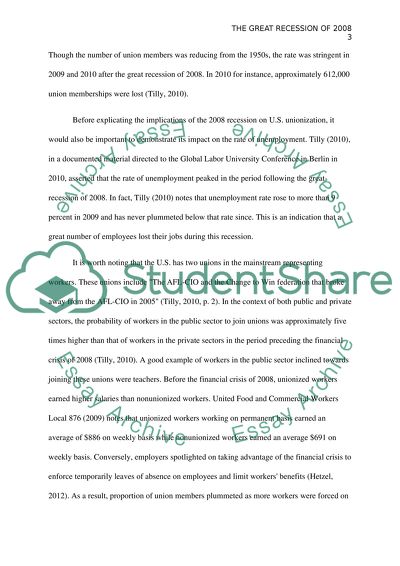Cite this document
(“The Implications of the Great Recession of 2008 on U.S. Unionization Essay”, n.d.)
Retrieved from https://studentshare.org/miscellaneous/1696870-the-implications-of-the-great-recession-of-2008-on-us-unionization
Retrieved from https://studentshare.org/miscellaneous/1696870-the-implications-of-the-great-recession-of-2008-on-us-unionization
(The Implications of the Great Recession of 2008 on U.S. Unionization Essay)
https://studentshare.org/miscellaneous/1696870-the-implications-of-the-great-recession-of-2008-on-us-unionization.
https://studentshare.org/miscellaneous/1696870-the-implications-of-the-great-recession-of-2008-on-us-unionization.
“The Implications of the Great Recession of 2008 on U.S. Unionization Essay”, n.d. https://studentshare.org/miscellaneous/1696870-the-implications-of-the-great-recession-of-2008-on-us-unionization.


